The recent train derailment in Ohio has created an interesting situation for the people living there, especially those living in East Palestine. At first, officials evacuated them over concern about chemical spills. But as state and local officials concluded their testing, determining that the chemical levels were lower than those the EPA had established and therefore the area was safe for human habitation, they were allowed to return to their homes. Concerns about safety still remain though, as animals are being affected and even killed by chemicals in the air or surface water.
I’m not a big fan of the EPA, but I have to say they have a nearly impossible task when it comes to determining the maximum safe levels of thousand of chemicals in the air, water and other parts of the environment. From the purely environmental viewpoint, I’m sure that the ideal level would be zero; but that’s not what they are tasked with determining; they are tasked with determining what is the maximum safe level, to prevent harm to humans and animals. They make their decisions based on the best scientific data available; but sometimes there just isn’t enough data to make a properly-informed decision.
Historically, we’ve had a number of different cases of chemicals that were thought to be safe, such as DDT, but were later found to be dangerous. I’m not blaming that on the EPA, as much of that happened before their existence. I’m merely using it to be illustrative. My main concern here, is that the EPA might not always get it right, meaning that what they consider to be “acceptable levels” could end up causing long-term serious health issues to those who are exposed to the contaminants.
What that means for you and I, is that we should treat any chemical spill as potentially dangerous, regardless of what officials say. If there’s a chance of harm to our families, I’d rather play it safe, being overly-cautious until such time as we have reason to believe that everything really is safe.
I’d also like to say that we should never fully trust the information that is given to us by government officials. We all saw what happened during COVID and how confused the information was. A large part of that was due to it being a new virus, which they knew very little about. Even so, they didn’t do a good job of conveying the information that they had. The disease became politicized, causing scientific information to be suborned to “the science,” which is nothing more than a political expression made to sound scientific.
We must make our own decisions in these cases and those decisions must fall on the side of our family’s safety. Let everyone else think you’re paranoid, if they must; make sure you take care of those closest to you. When push comes to shove, you’re the one responsible for your family’s safety.
This Device Easily Turns Air Into Water!
Treating Contaminated Water
The water purification methods and systems that we use in the prepping community are basically intended to remove microscopic pathogens from the water; bacteria and protozoa. Most have limited ability to remove viruses, at best, due to the smaller size of the viruses. They are not designed to remove chemical contaminants or metals from our water supply.
The only water treatment methods available to us, which can be trusted to remove chemicals are either distillation or reverse osmosis. Most preppers ignore these two means of water purification, mostly because they are difficult to work with. However, we might want to rethink that, just to make sure that we’re ready in case some such accident happens in our areas.
Distillation
Of these two methodologies, the more common one to encounter in the prepping community is distillation. Making and operating a still is actually very easy; and they can be made from easy to find materials. The big drawback to distillation though, is that it is limited in how much water it can provide. A still made from a pressure cooker (a common prepping adaptation) can only hold and distill about a gallon of water. Then it needs to cool down to be refilled.
Increasing the size of the retort, producing something closer to what the moonshiners used back in the time of the Prohibition, would increase the amount of water a still could produce. A five gallon still should be able to distill all the water it can contain within a couple of hours, if it has a good heat source. Adding a second tank, filled with cold water, to act as a heat exchanger, will cool the water vapor faster, making for more efficient operation.
The other option for a still is a solar still. These are essentially the same as a solar oven, with the exception that the case needs to be sealed. A pan of water is placed inside and the rising water vapor condenses on the glass, rolling down the glass to a catch tube, so the water can be collected. It’s a lot slower than a normal still; but you don’t have to keep feeding it fuel.
Reverse Osmosis
Few preppers even consider reverse osmosis (RO) as a viable option for survival water purification. The basic reason for this, is that we all expect the power to go out when a disaster happens. While it’s not uncommon for the power to go out, that doesn’t always happen. It didn’t happen during COVID and it sure hasn’t happened with this train wreck. For that matter, there were a lot of places in Texas which lost water during winter storm Uri, but didn’t lose power.
The problem with reverse osmosis is that it requires the input water to be at a minimum of 40 PSI, although 60 PSI is preferred. Without sufficient pressure, it won’t do anything at all. This isn’t an issue, as long as there is electricity to run the pump; but what do you do if there’s no power?
Actually, it’s still possible to run a RO system without electrical power, if you have a manual pump that will produce sufficient pressure. It would require a lot of physical work to pump the water; but such manual pumps do exist, making it possible to use RO anytime, even without electricity.
The good thing about reverse osmosis as a water treatment system, is that it removes pretty much everything from the water, just as distillation does. Reverse osmosis will remove almost all chemicals, as well as dissolved minerals, all biologicals and even salt; making it some of the purest water you can find. That makes it something that we, as preppers, should be looking at.
Harvesting Water
We are accustomed to thinking in terms of harvesting water to take care of our needs. There’s nothing wrong with that; but this situation shows just how fragile such methods can be. Anyone in that area, who was counting on getting water from the local rivers and streams was left without a water source. There are reportedly more than 3,500 dead fish in the area, which have apparently been killed by the chemicals spilling into surface water.
Contamination of this sort can get into our underground water sources as well, making our well water unsafe to drink. This is one area where local officials can help, as they have much better capabilities for telling if the ground water is safe than we do. If they say that it has been tested and is free of contamination, chances are that it is safe. Just make sure you know where their wells are, so that you can make sure that you’re not closer to the spill than they are.
Rainwater capture should be safe, no matter what; but that might not even be true for the people in Ohio. There was a temperature inversion at the time that they were trying to burn off the chemicals, keeping the poisonous smoke from rising as it normally would. That smoke spread to cover a large area. If anyone was gathering rainwater at the time, it would probably not be safe to drink. Water gathered before that time would be fine, but not water during the burn or for a few days afterwards.
Stored Water
This sort of situation shows us why stored water is so important. Even with all other water sources contaminated, water that was harvested or stored before the accident would still be safe to drink. That goes for both commercially packaged water and whatever you harvest yourself.
Because of the potential for situations like this, your stored water should be your source of last resort, not your first choice to use. While that stored water is convenient to use, it will keep just fine for another year or two. The water you’re getting from other sources, on the other hand, could run out at any moment. When that happens, you’ll want to have that water that’s been sitting in your basement.
If you find that you have to use some of your stored water, especially at the beginning of a disaster or during a short-term survival situation, make sure that you replenish it as quickly as reasonably possible. You never know when that water will be needed again and unlike other things we stockpile, water is cheap.


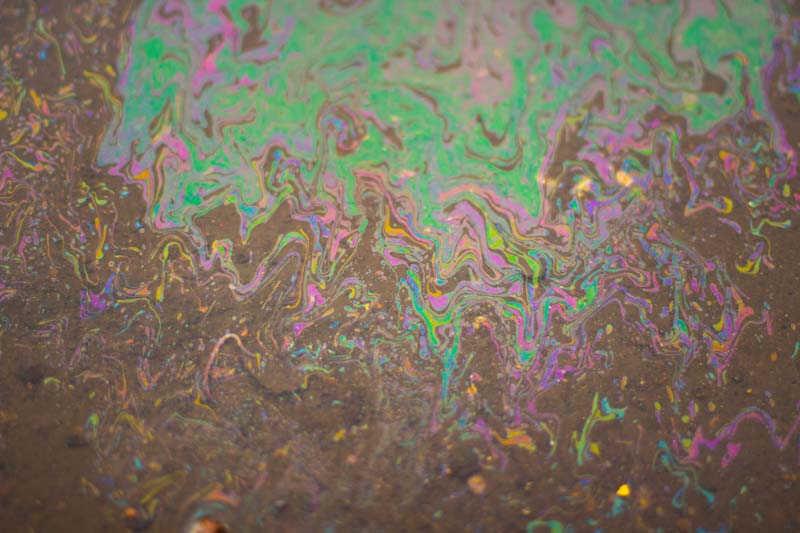

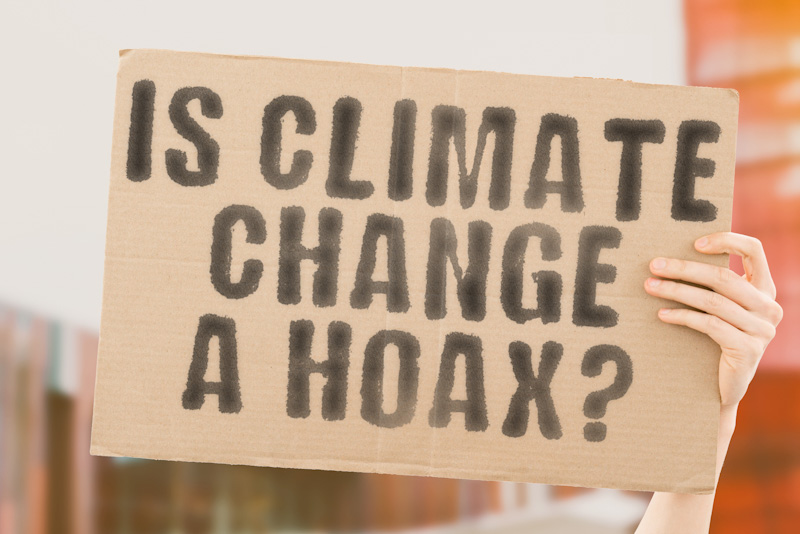
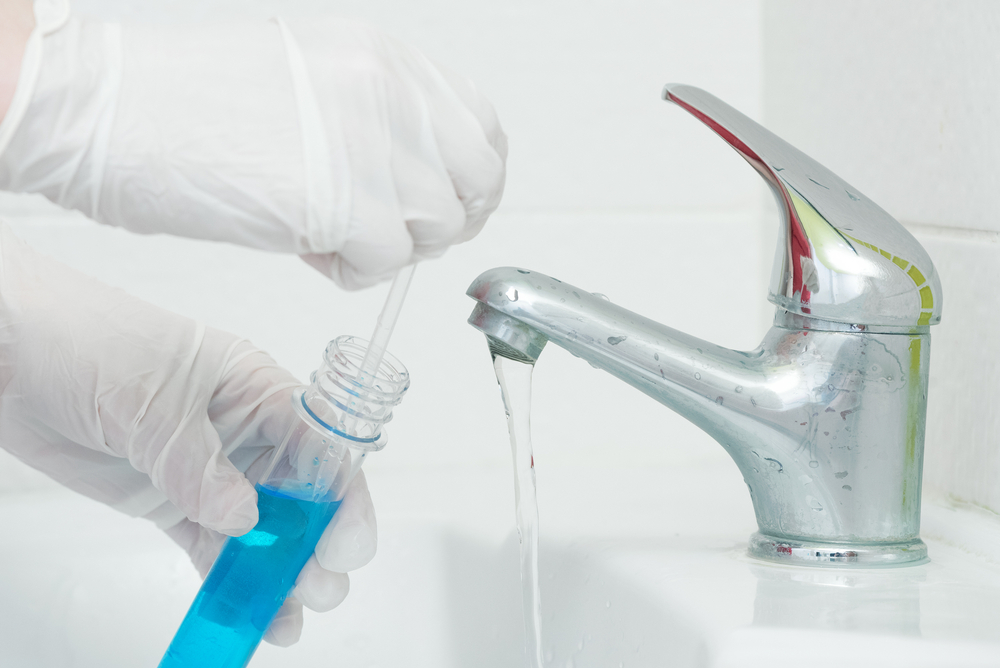
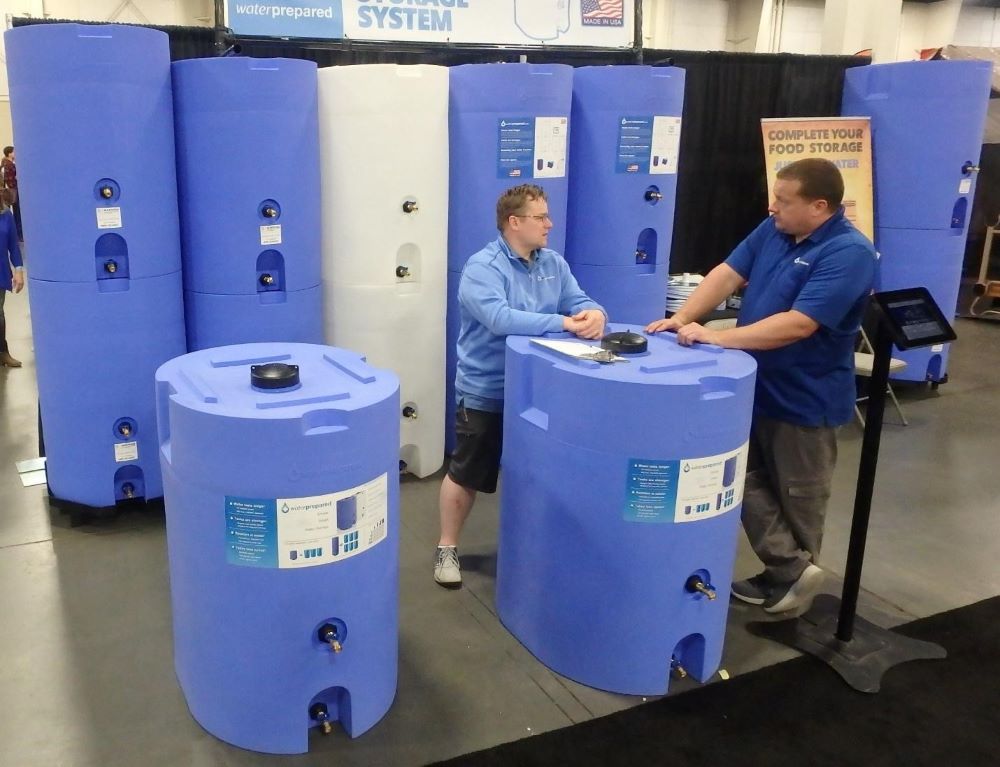
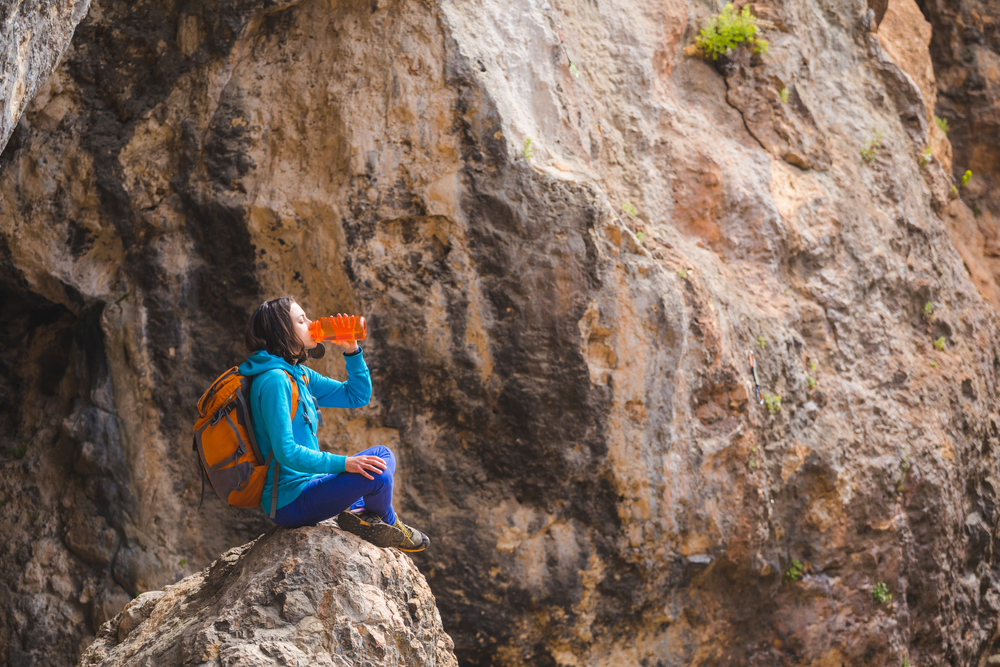

MIKE | March 2, 2023
|
So as I understand it, the stuff they burned off in Ohio creates a by product of something that attaches to the water molecules in the air so that when it rains it rains hydrochloric acid? So now you can’t collect rain water. Or pull water from the air. Or drink water from a lake or river. Just from purification stations that now don’t work.
Glad to see the government, EPA and others, doing such a good job of taking care of the people who elected, paid for and trusted them.
karmik | November 19, 2023
|
We must realize that our Government, as also with other Governments around the world, are chock full of Traitors and evil doers. They do not have the people’s best interests at heart. They are NEVER, EVER, to be trusted.
MIKE | November 19, 2023
|
‘we’ fully understand this. My statement was for the benefit of those that do not have any background in science or chemistry. It was meant to warn those that do not understand what that ‘burning off’ resulted in, and how it affected the ‘water’ in general…not just where it happened to run into.
Some of us learned to “NEVER, EVER” trust the government…while working for them. HAND
CWHMMT
Rod | March 2, 2023
|
My understanding is that when you distill, the contaminants in the water are often vaporized along with the water. These vaporized contaminants then condense back into the distilled water and you are no further ahead. Perhaps you are worse off, as the contaminants may be more concentrated in the distilled water or may have morphed into an even worse contaminant. You may well still need a sophisticated filtration system to get pure drinking water.
My understanding also is that Reverse Osmosis only removes 95% of the contaminants. 95% is pretty good, but the 5% not removed may kill you.
Michael | March 5, 2023
|
Your concern about distillation is warranted. However, most bootleggers know, and it goes for distillation of potentially contaminated water, that to prevent unwanted byproducts in the final distillate, one must waste the head and the tail of the batch; A few ounces at the beginning of the run and the end of the run are diverted from the batch and disposed of.
With respect to Reverse Osmosis, all of the commercially available units which I have used, employ activated carbon filters as both pre and post water filters. The activated carbon filters, remove almost all of the volatile organic compounds, which may be in the source water and which the reverse osmosis filter does not remove. The efficiency of removal cited in most specifications is for the removal of dissolved solids, such as dirt and salts.
I use both methods of water purification for water, which I store and water which I use for special purposes, such as in vehicle radiators or battery electrolytes and often in tandem, with processing by RO first and then followed by steam distillation.
MIKE | March 5, 2023
|
Amen Michael, Another thing is the higher ends, heads, if not discarded. Simply intensify the contamination of the end product because it now only has the higher ends and the water.. The Same amount of water and higher ends….but all the lower ends, tails, are removed.
kunquoda | April 20, 2024
|
So all is well and good, but, what if you’re not a chemist and understand very little of what has been said here? The average person doesn’t have the knowledge you have, Most of us
are just looking for ways to survive when the SHTF. Could you please explain it in a way that everyone can understand? Also, what is the best way to preserve water for the long
haul? Do you think rainwater is safe to drink provided there has been no contamination like in Ohio?
ken | April 21, 2024
|
We have melted fresh snow fall and can not believe the amount of filth in the fresh melted snow no one has commented on. WHY?.
What about fresh rainwater? I beleive there is so much pollution put in the air by our government and its cohorts!
The contaminants in the air and snow are not commented on!
What about zero water filter products?
Flau | August 28, 2024
|
I know about Zerowater, they use multiple kinds of filters in one unit and seem to be able to filter anything,, on Project Farm’s YouTube video it passed the red dye test better than even reverse osmosis filters, not sure it gurantees it can filter everything but it seem damn close to ir.
KARL | April 22, 2024
|
Most everyone with two functional brain cells, that communicate, know about “acid rain” and would apply the same facts to “frozen acid rain”? That MAY explain why you are not hearing about this subject. It is not new.
However your comment concerning Zero Water filter products….what are YOU talking about?